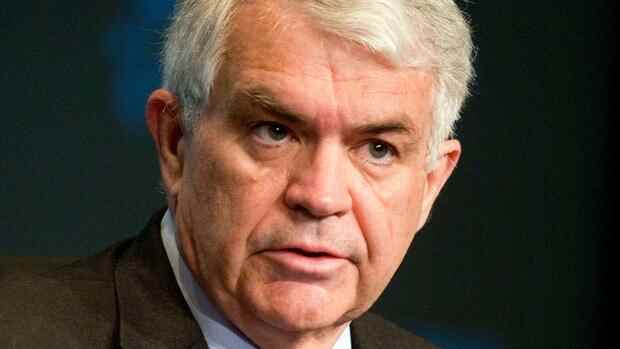The economist developed the Taylor rule, which is important for monetary policy – and calls on the ECB to apply it again.
Berlin Monetary policy is perhaps the most complex discipline of all politics. In 1993, however, the US economist John B. Taylor succeeded in breaking down the fight against inflation into a single formula. The Taylor rule derives the optimal key interest rate from the deviation from the optimum for inflation and economic output.
Many central banks rely on this formula. With the beginning of the unconventional monetary policy in the years after the global economic crisis, however, the central bank bosses no longer listened to the Stanford scientist.
Now inflation is back – and with it the Taylor rule. Before the Council meeting of the European Central Bank (ECB) on Thursday, the formula signals a fundamental change in monetary policy, as its inventor explains in an interview with the Handelsblatt: He calls for interest rate increases of “two to three percent”.
Taylor is still optimistic: the ECB could succeed in turning around without major damage. The US Federal Reserve finally did that. The former Secretary of the US Treasury demands: “It’s about time that this happened in Europe too.”
Top jobs of the day
Find the best jobs now and
be notified by email.
Read on now
Get access to this and every other article in the
Web and in our app free of charge for 4 weeks.
Continue
Read on now
Get access to this and every other article in the
Web and in our app free of charge for 4 weeks.
Continue
